Raw Milk Sales Jump by 21%, Despite CDC Warnings of Potential Bird Flu Contamination
Raw milk sales have jumped up by at least 21% recently, even though the Centers for Disease Control and Prevention (CDC) has publicly warned people to steer clear of drinking raw milk during the ongoing bird flu outbreak in dairy cows.
Clearly, some Americans are refusing to listen to the CDC and their assessment that they could potentially become infected with the bird flu virus by drinking raw, unpasteurized milk.
More People Are Buying Raw Milk
In the United States, the weekly sales of raw milk from cows have risen by 21%. Now, the market research firm NielsenIQ has stated that sales may have increased to as much as 65% more than what was seen during this time last year.
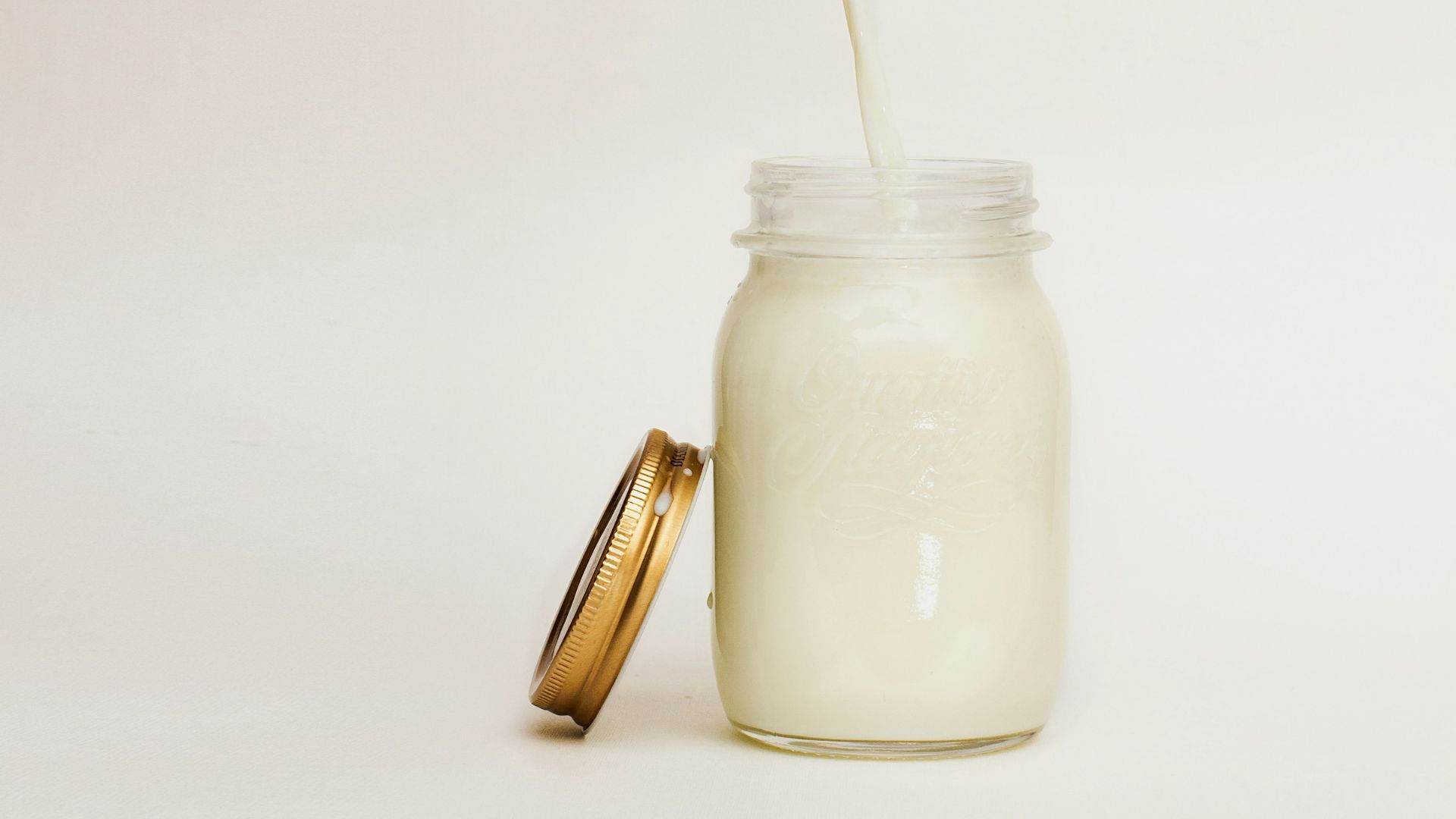
Source: Nikolai Chernichenko/Unsplash
This huge increase in raw milk comes after the CDC and the Food and Drug Administration (FDA) have advised Americans to cease drinking raw cow milk for the time being.
The Bird Flu Found in Dairy Cows
One of the main reasons why U.S. health agencies have decided to warn Americans about consuming raw milk has to do with the fact that the bird flu has been found in many dairy cow farms around the country.

Source: Leon Ephraïm/Unsplash
This virus, called type A H5N1, has been found in dairy cows and the milk they produce. So far, about 42 herds located in nine different states have been infected with the bird flu.
Consistent Warnings
Though the CDC and the FDA may have ramped up their advice on the consumption of raw milk in the past few weeks because of the bird flu outbreak being seen among animals, both agencies have long warned the public about raw milk.
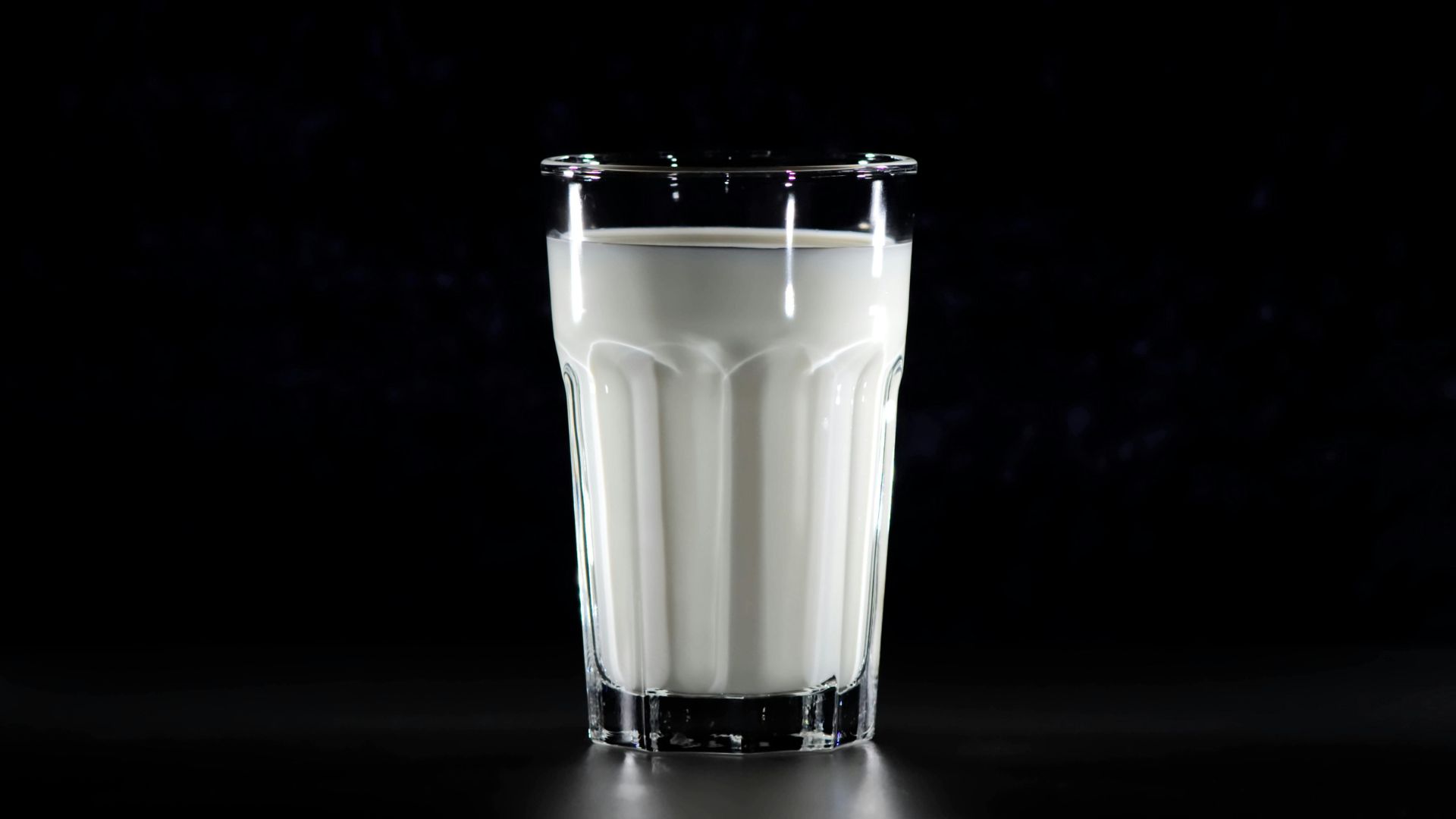
Source: Alexas Fotos/Pexels
Even when there hasn’t been a bird flu outbreak, these organizations have warned Americans from drinking raw milk, as unpasteurized milk can have bacteria in it that can make people very ill.
Infected Milk
Therefore, the bird flu has only increased the CDC and FDA’s warnings over raw milk. Of the dairy cows that have the virus, scientists have discovered that their milk also has the virus at high levels.
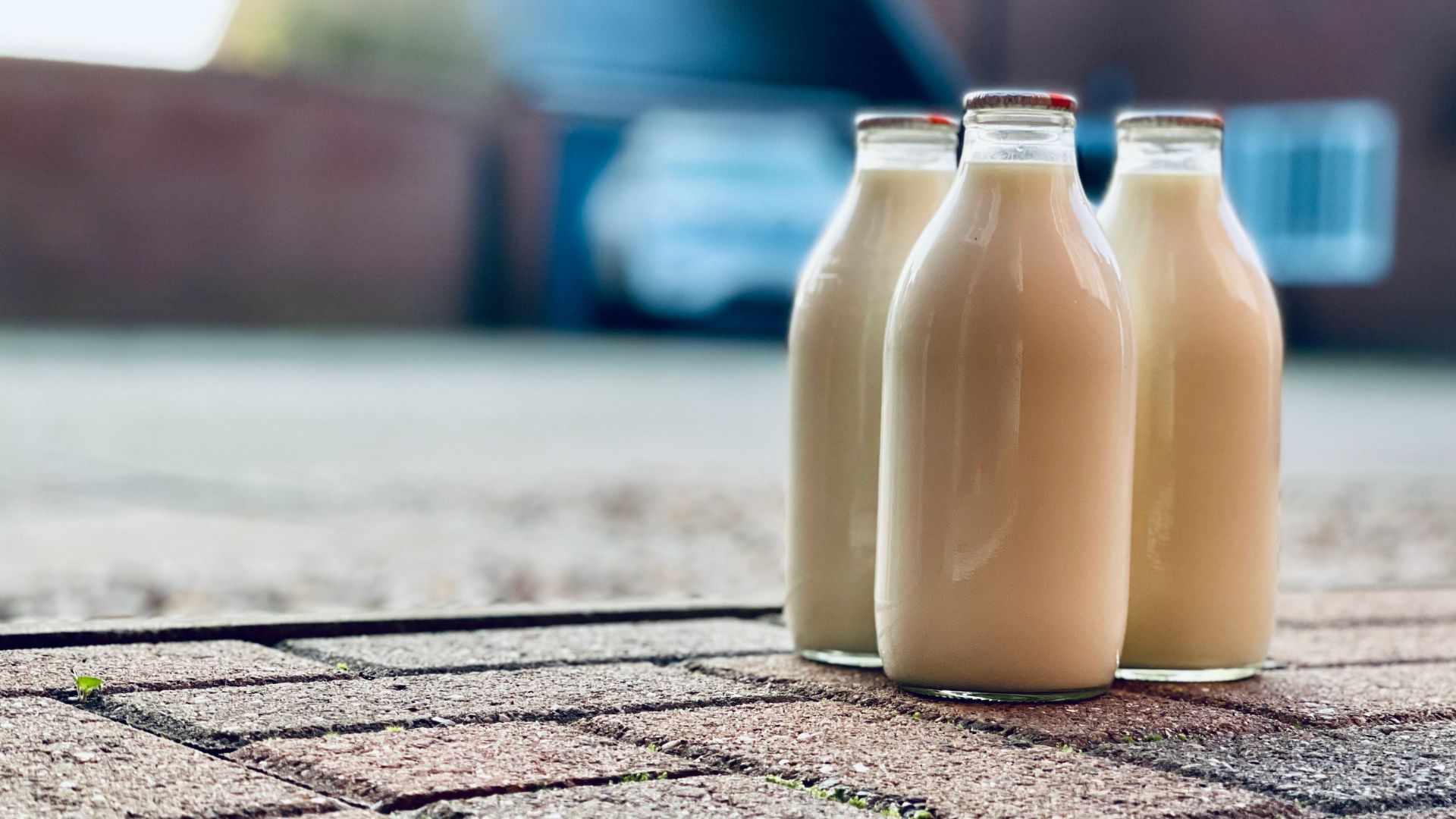
Source: Elizabeth Dunne/Unsplash
Researchers also found that remnants of the virus have been found in milk being sold in grocery stores around the U.S. However, the FDA has stated that this milk is still safe to consume, as pasteurization and high heat kill the virus.
The Risk of Drinking Raw Milk
Researchers haven’t been able to conclude whether drinking unpasteurized, raw milk that is infected with the virus could lead to them also coming down with the bird flu.

Source: Andrey Zvyagintsev/Unsplash
Because of this uncertainty, many health organizations have stressed that Americans shouldn’t consume raw milk during this bird flu outbreak, just to stay safe.
What the CDC Has Said
According to the CDC, people could potentially become infected with the virus if they drink raw milk and the virus comes in contact with their nose, mouth, or throat.
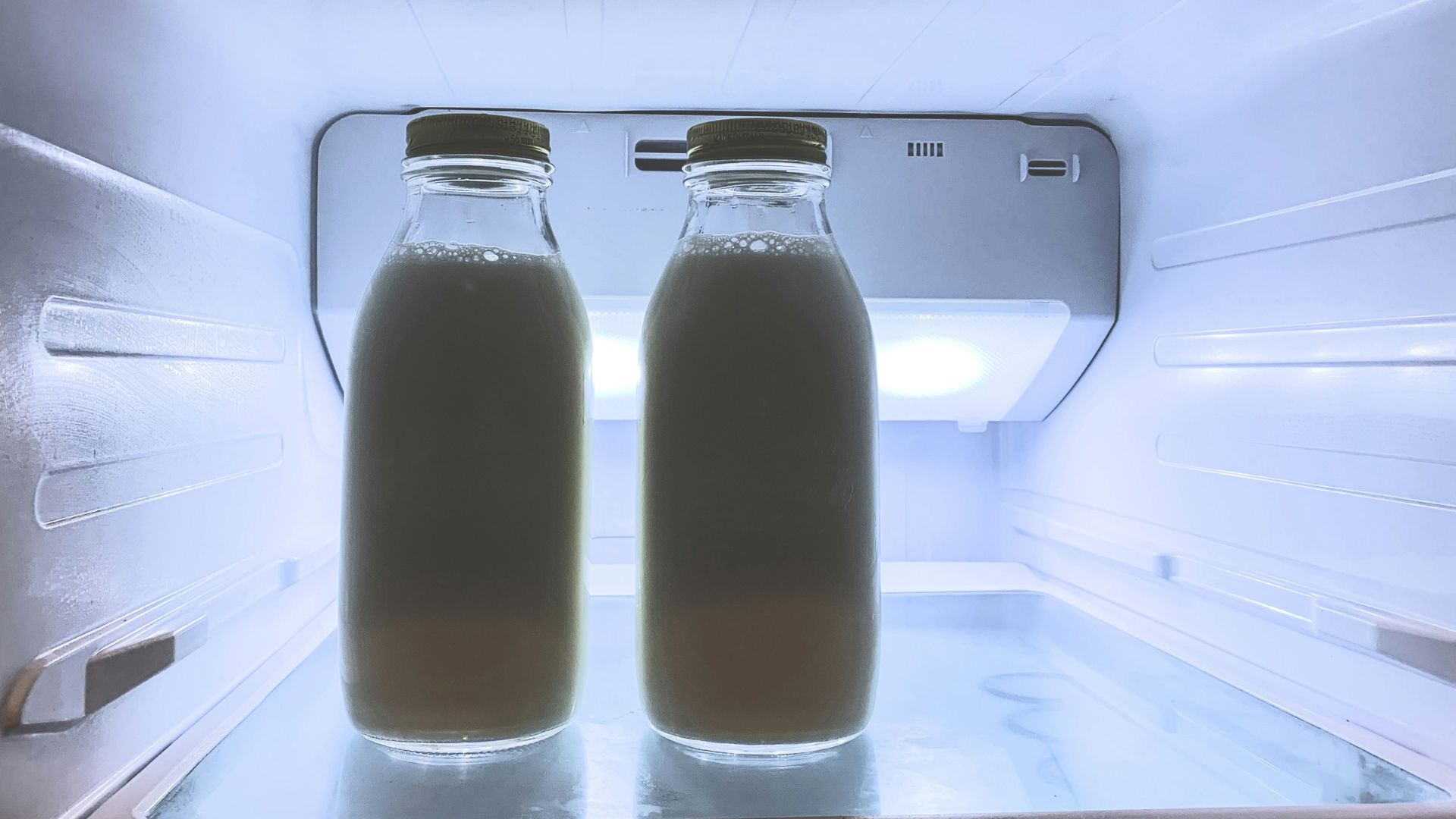
Source: Debby Hudson/Unsplash
Therefore, a person could possibly inhale the virus particles when they’re drinking raw milk, and allow this virus to get into their lungs.
Why Americans Are Still Buying Raw Milk
Even with these warnings, some Americans are still choosing to buy raw milk. They’ve chosen to take this risk.
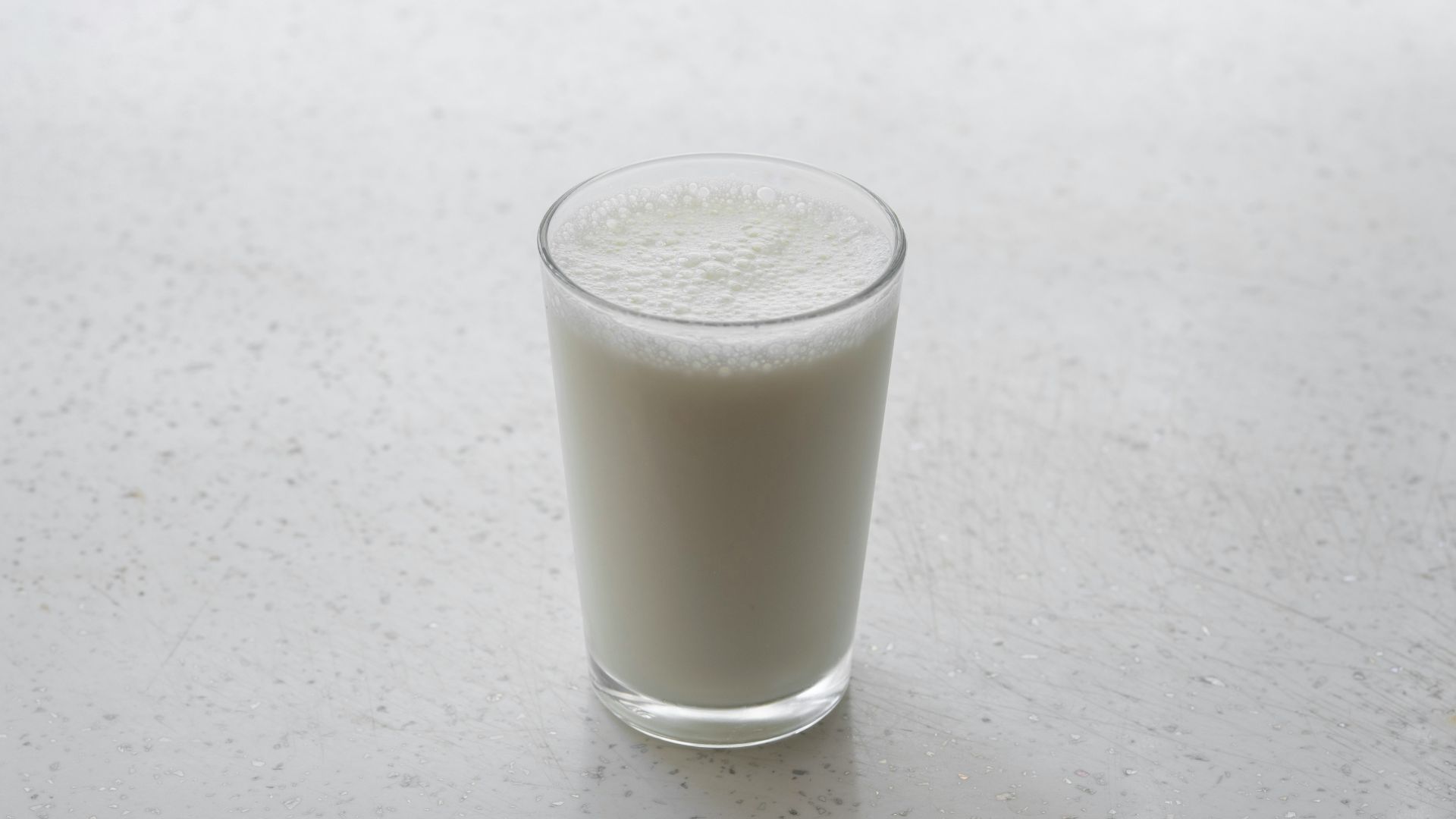
Source: engin akyurt/Unsplash
There are many reasons why people drink raw milk or eat raw cheese that hasn’t been heat-treated or pasteurized. Many believe that raw milk has added health benefits that regular milk doesn’t have, though there haven’t been ample studies to back this theory up.
The Legality of Raw Milk
Because raw milk can cause severe illness in people, every state has different laws on how they deal with the sale and distribution of it.
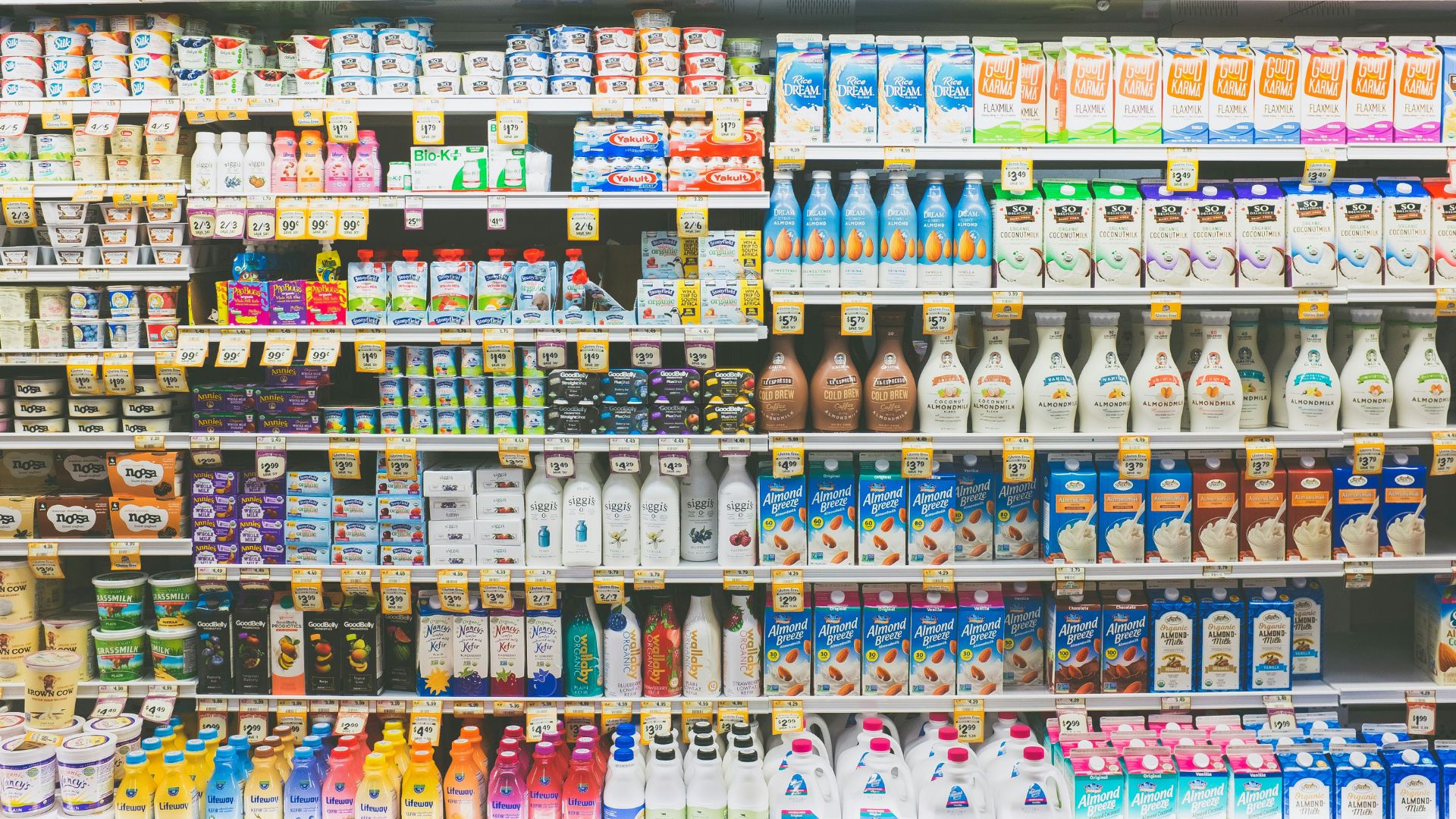
Source: Kenny Eliason/Unsplash
For example, some states allow the sale of raw milk in grocery stores, while others strictly forbid this. Some states only allow farmers to sell raw milk on their farms. Some states even only allow the consumption of raw milk by farm owners or their guests — as long as they don’t pay for this milk.
Some Americans Are Seeking Out Raw Milk More Than Before
Interestingly, this data from NielsenIQ has suggested that some Americans are seeking out raw milk now more than they ever have before. Though the number of Americans who drink raw milk is still very small when compared to those who drink pasteurized milk, the increase seen is still notable.

Source: Crissy Jarvis/Unsplash
According to Mark McAfee, the owner of Raw Farm USA, more people are choosing to buy raw milk after the FDA’s warning. He stated, “People are seeking raw milk like crazy. Anything that the FDA tells our customers to do, they do the opposite.”
Government Mistrust
Many analysts have attempted to understand this great rise in the sales of raw milk during a bird flu outbreak. Some believe that health officials need to understand the severe government mistrust some Americans have.
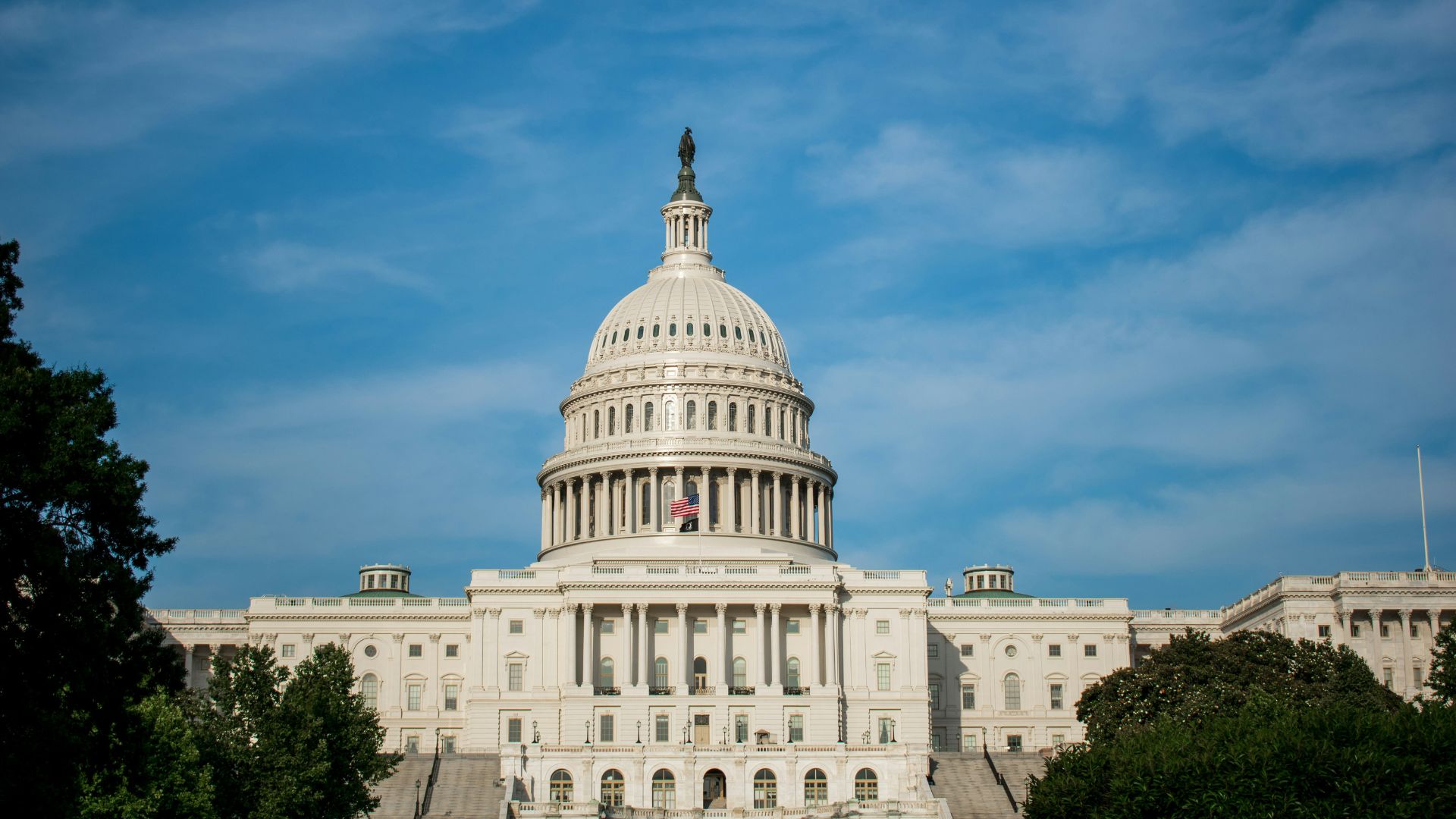
Source: Elijah Mears/Unsplash
Matthew Motta studies health misinformation at Boston University and believes that this government mistrust has led to an increase in raw milk sales.
Understanding How To Work Within This Mistrust
Motta explained, “It’s not that people are stupid or ignorant or that they don’t know what the science is. They’re motivated to reject it on the basis of partisanship, their political ideology, their religion, their cultural values.”
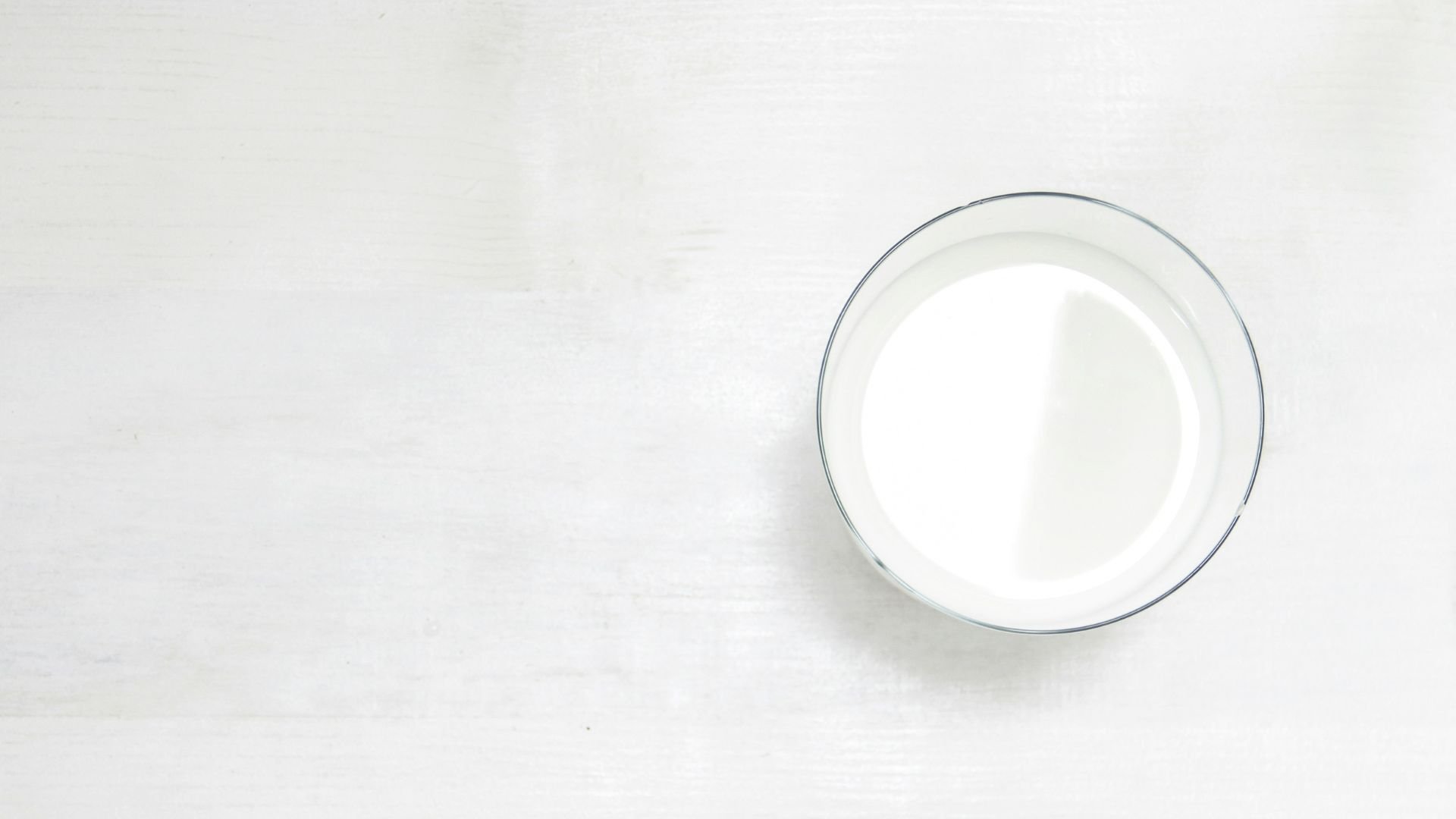
Source: NordWood Themes/Unsplash
Motta further stated that agencies should understand how to work within this mistrust to help the public. “Communicators need to make an effort to understand why people consume raw milk and try to meet them where they are,” he added.
